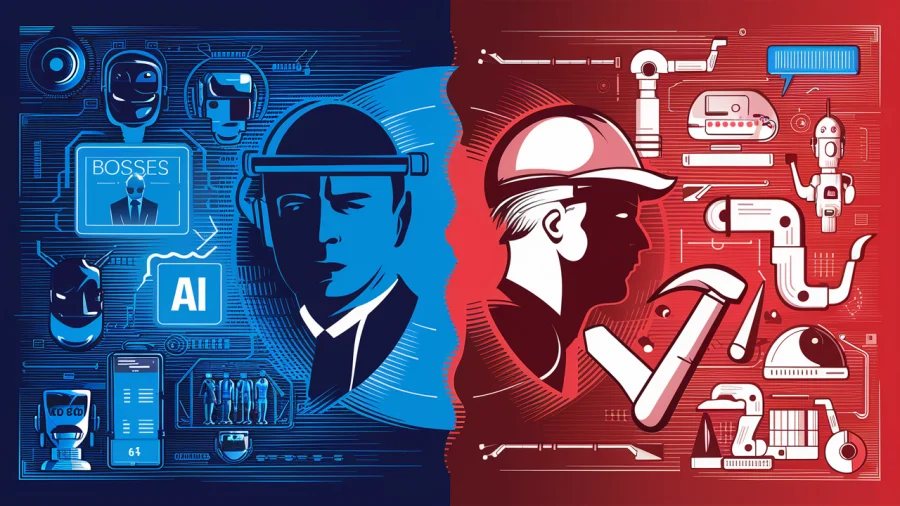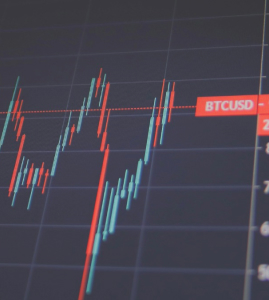In the era of cheap hard disks, clusters of commodity hardware, cloud computing, in-memory analytics and solid state hard drives, it’s easy to forget how much of the world’s data is still stored on tape. And on tape much of it shall remain. In a blog post at Storage Switzerland, analyst George Crump makes the case that “The reality is that putting all data online is not a viable solution for most businesses from a cost perspective.”

As an alternative, he recommends using an “active archive” for dealing with big data analysis.
In a previous blog post about Spectra Logic, Crump wrote: “Active Archive is essentially putting a file system front end to a tape library. This means that users and applications can interact with the tape library in similar fashion as they do a disk array.”
Crump suggests that by pairing a tape storage solution with an active state interface with a typical analytics solution could be a way to deal with the enormous costs of storing large data sets.
He uses an example of a farming conglomerate that wants to analyze data from soil sensors, as well as weather data. It wants to keep this data on hand for years – decades even. Crump writes:
Active Archiving is the ability to marry high performance primary disk storage with secondary disk and then tape to create a single, fully integrated access point. The data that needs to be analyzed at a given moment in time would be loaded onto the high performance tier which, in the above example, could be a comparison of 2011 soil samples to 2009 soil samples. The secondary disk tier could store inbound data from the tractor collection devices, which would come over slower broadband connections. Finally, tape could be used to store all the other years’ worth of data. The Active Archive software would automatically move the data between the various tiers based on access or the movement could be pre-programmed into the application.
Crump acknowledges that not all data needs to be stored long-term. In those cases, it makes sense to rely on disk.
What do you think? Will big data lead to a new role for tape beyond backup?
Lead image by nasa1fan/MSFC

















